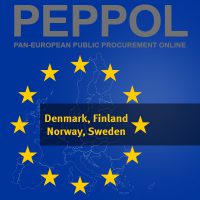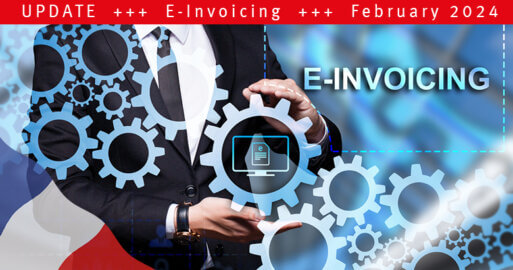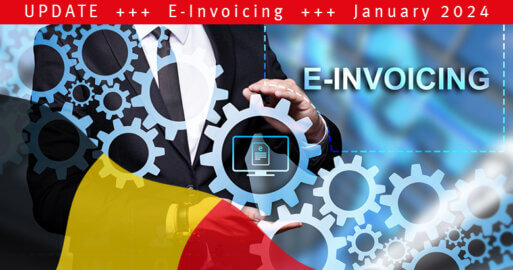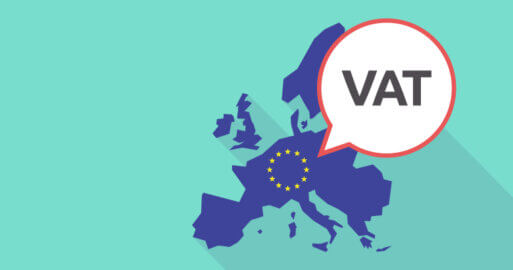The Common Denominator in Global e-Invoicing

Are you currently planning a global e-invoicing strategy for your company? Are you facing the challenge of having to bring all global e-invoicing regulations under one roof? A good first step is to look for a common denominator. Find out here how Camels and Peppol can help you.
Turning e-Invoicing Strategies into a Common Denominator
Planning and implementing a global e-invoicing strategy for a company is a very complex task. The more globally a company operates, the more demanding it becomes to maintain an overview of global e-invoicing regulations. Have you ever considered looking for the common denominator in e-invoicing? A little trick helps to make the solution to complex issues wonderfully simple…
…In the German language, a common denominator is a metaphor for similarities, such as the same interests in a group of otherwise very different people. Let the following story inspire you to think outside the box and approach complex situations in a completely different way:
The Old Herdsman and His 17 Camels
Once upon a time, there was an old herdsman. When he realized that his time was coming to an end, he called his three sons and said to them, “My days are numbered, and when I go, I leave you my seventeen camels. My eldest son – you get half the herd. My second oldest son – you get one third of the herd. My youngest – you shall have one ninth of the camels.”
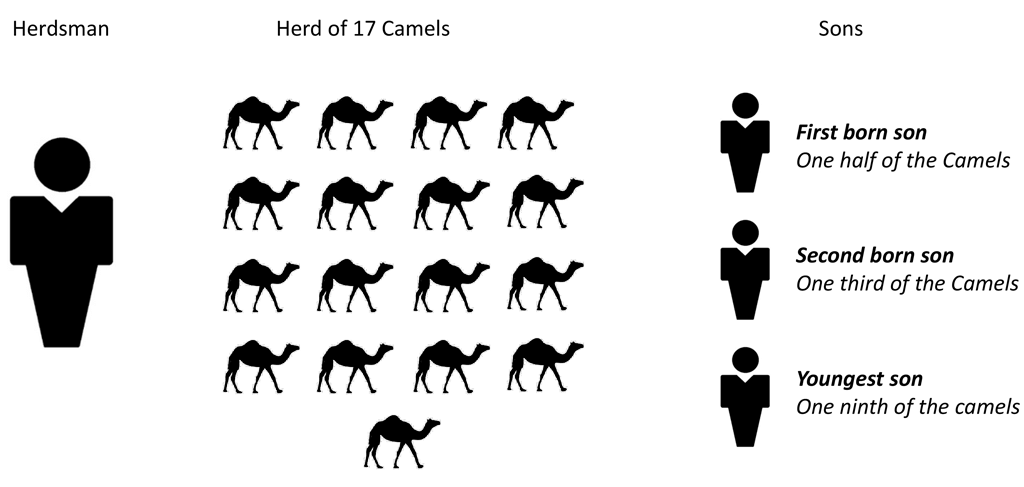
When the old herdsman had died, the three sons wanted to divide their inheritance. However, they soon realised that 17 camels could not be divided by two, not by three and not by nine. Immediately they began to argue and could not agree on how to divide the inheritance between them.
To find a solution, they asked an old, wise woman from their village for advice. After much consideration, the woman said to the three sons, “I don’t know if I can help you, but I can give you my camel!” The herdsman’s sons were surprised at this offer, but accepted the camel of the old wise woman.
Now they divided their 18 camels among themselves. The oldest son – who was entitled to half the herd – took 9 camels. The second eldest son – who was to get a third of the camels – took 6 animals and the youngest son – who was to get a ninth of the herd – took 2 camels.
Surprised, the herdsman’s sons found out that they had only distributed 17 camels, returned the camel to the old woman, thanked her and happily went their way.
The Moral of the Story: Search for the Common Denominator!
Many conflicts seem insoluble and look as if they are a 17-camel problem. In such situations it is usually helpful to take a step back and look for a common denominator:
1/2 + 1/3 + 1/9 = 9/18 + 6/18 + 2/18 = 17/18
If we manage – like the wise old woman – in such 17-camel problems to find the common denominator and (temporarily) add an 18th camel, then a solution can be surprisingly simple.
The Common Denominator for e-Invoicing
When it comes to e-invoicing, the greatest common denominator is standardised e-invoicing formats with their standardised transmission paths. They offer a consensus at the highest possible level.
Peppol – The Greatest Common Denominator in e-Invoicing
In an increasing number of European countries, the public sectors are introducing legal regulations for e-invoicing. The driving force is an EU directive from 2014 (2014/55/EU), which stipulates that the member states must ensure by 2019 that public authorities and corporations can receive and process electronic invoices in accordance with EN 16931. Most of the countries that have introduced the legal requirements opted for the Peppol network. Please also read our blog: Why do you need PEPPOL in the EU?
Peppol is currently working on PINT, the Peppol model for INTernational e-invoicing based on EN 16931. Singapore, Australia and New Zealand are – Malaysia is on the way – national Peppol Authorities and use the Peppol network for e-invoicing. On the other side of the globe, the USA and Canada are currently evaluating the use of the Peppol network for e-invoicing. Furthermore, the suitability of Peppol with regard to clearance systems is being investigated in an extended five-corner model (Peppol 5-Corner Model ‘5C‘). This Peppol 5C model is expected to be piloted in France with the B2B Clearance e-invoicing mandate coming in 2023[1].
Peppol is therefore well on the way to meeting all the important requirements for global e-invoicing:
- Peppol supports B2B and B2G transactions
- Peppol is growing globally in Europe, Asia and soon the USA and Canada (PINT)
- Peppol enables e-invoicing in post-audit and soon also clearance countries
- Peppol allows e-invoices and other e-procurement document types
Peppol Access Point Service for Global e-Invoicing and e-Procurement
SEEBURGER offers a ‘plug and play’ cloud service for Peppol, through which you can exchange Peppol documents. Our services are independent of the ERP system used and include legally compliant archiving of invoices as illustrated in Figure 1.
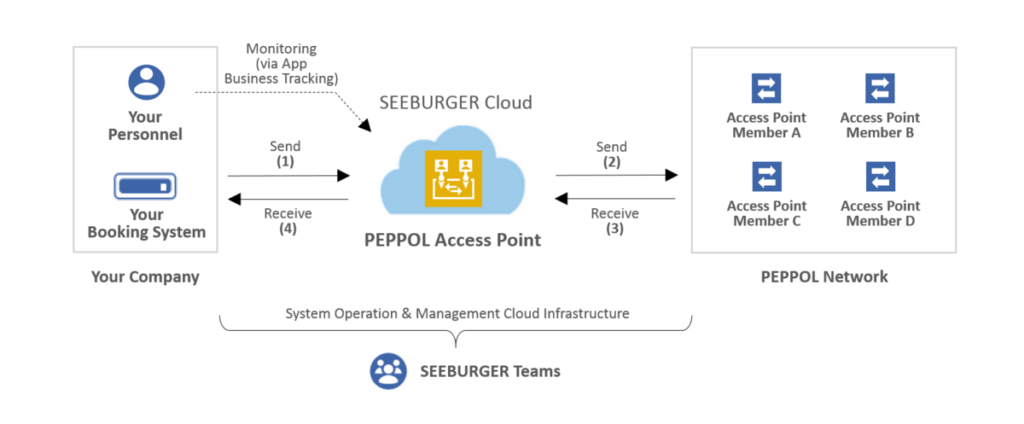
If you are looking for the greatest common denominator in e-invoicing, Peppol is certainly one of the most promising solutions.
[1] https://peppol.eu/wp-content/uploads/2020/03/25.03.2020-Cross-Community-Webinar-Presentations.pdf
Thank you for your message
We appreciate your interest in SEEBURGER
Get in contact with us:
Please enter details about your project in the message section so we can direct your inquiry to the right consultant.
Written by: Gerrit Onken
Gerrit Onken has been at SEEBURGER since 2010 as a product manager for software applications and for electronic data exchange services for the business sector. He focuses on solutions for SAP, electronic invoicing (e-invoicing) and innovations for digitalizing business and technical processes for globally-active customers. Originally a banker, Gerrit Onken went on to graduate in business administration, majoring in industrial management and business informatics. After working in the financial sector, he worked as a manager and project manager from 2004 to 2010 for one of the top five corporate consultancies, working with international BPOs in the banking and automotive industries.
